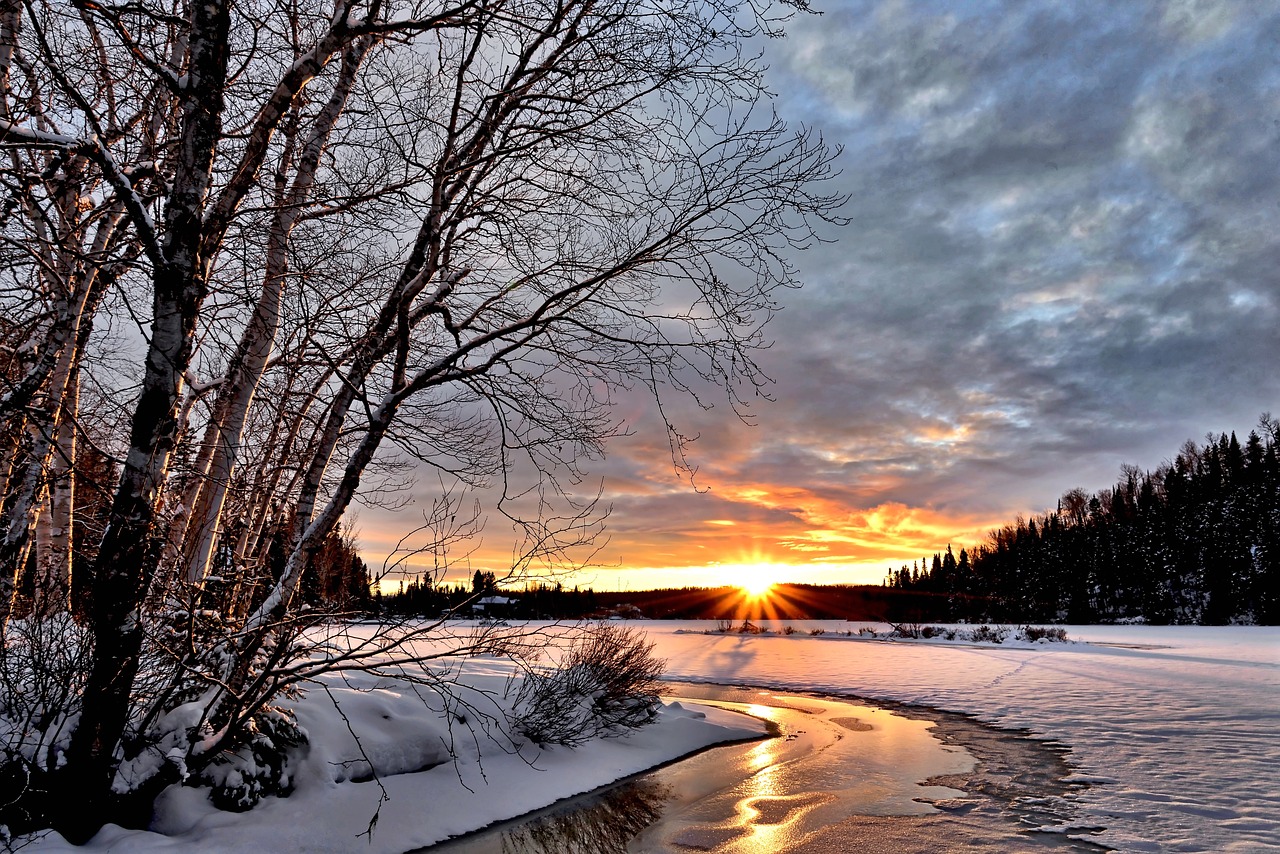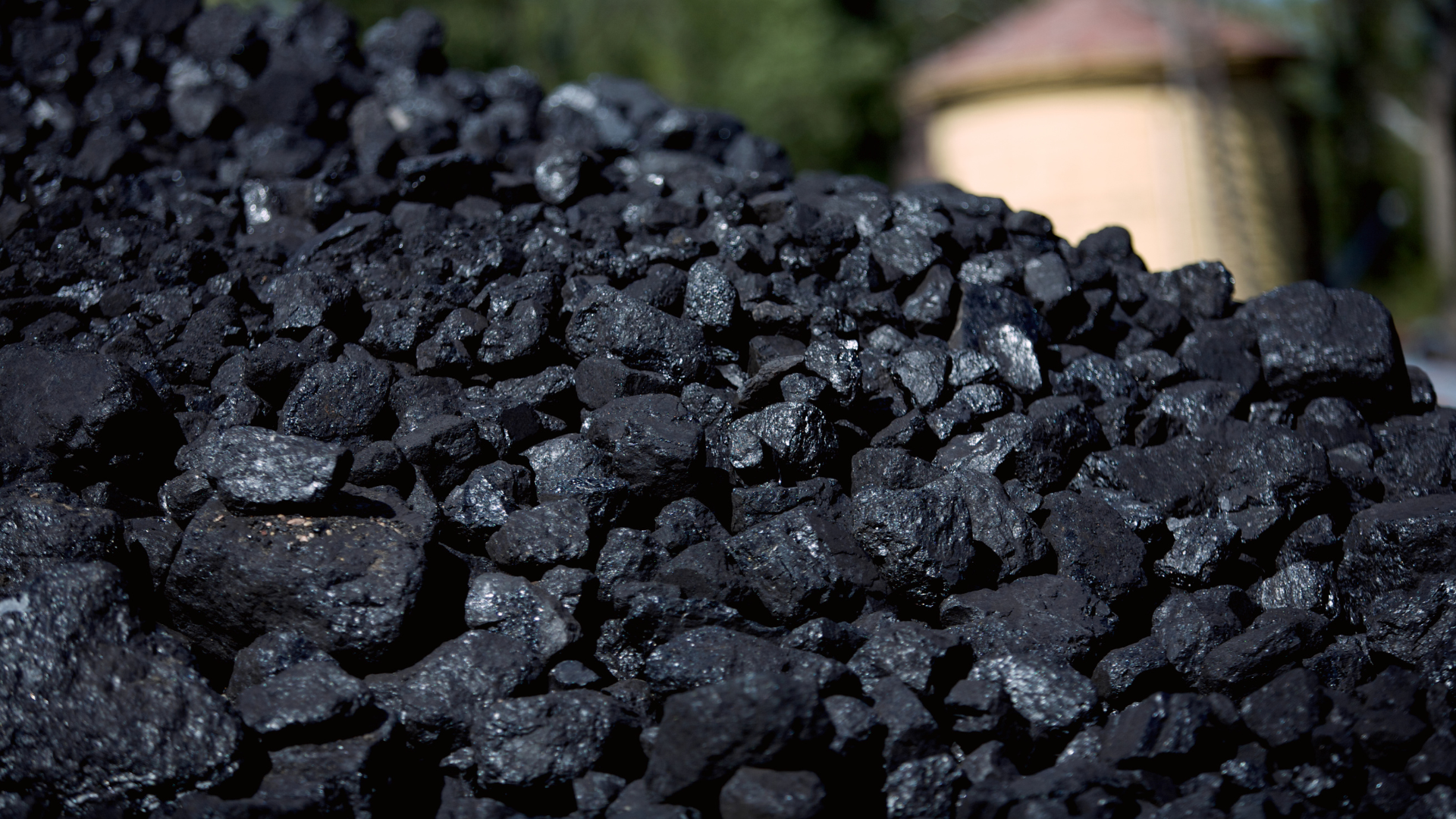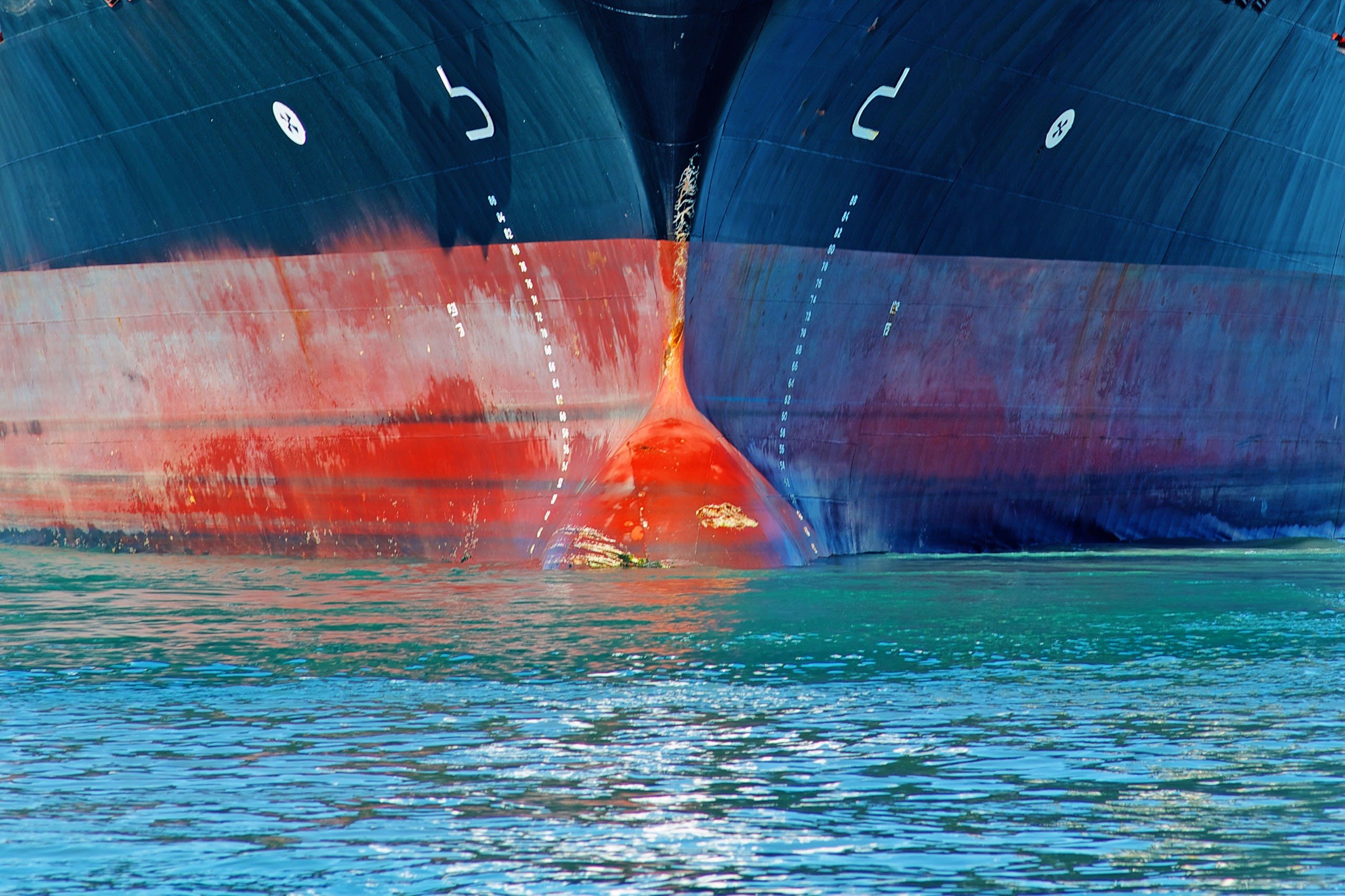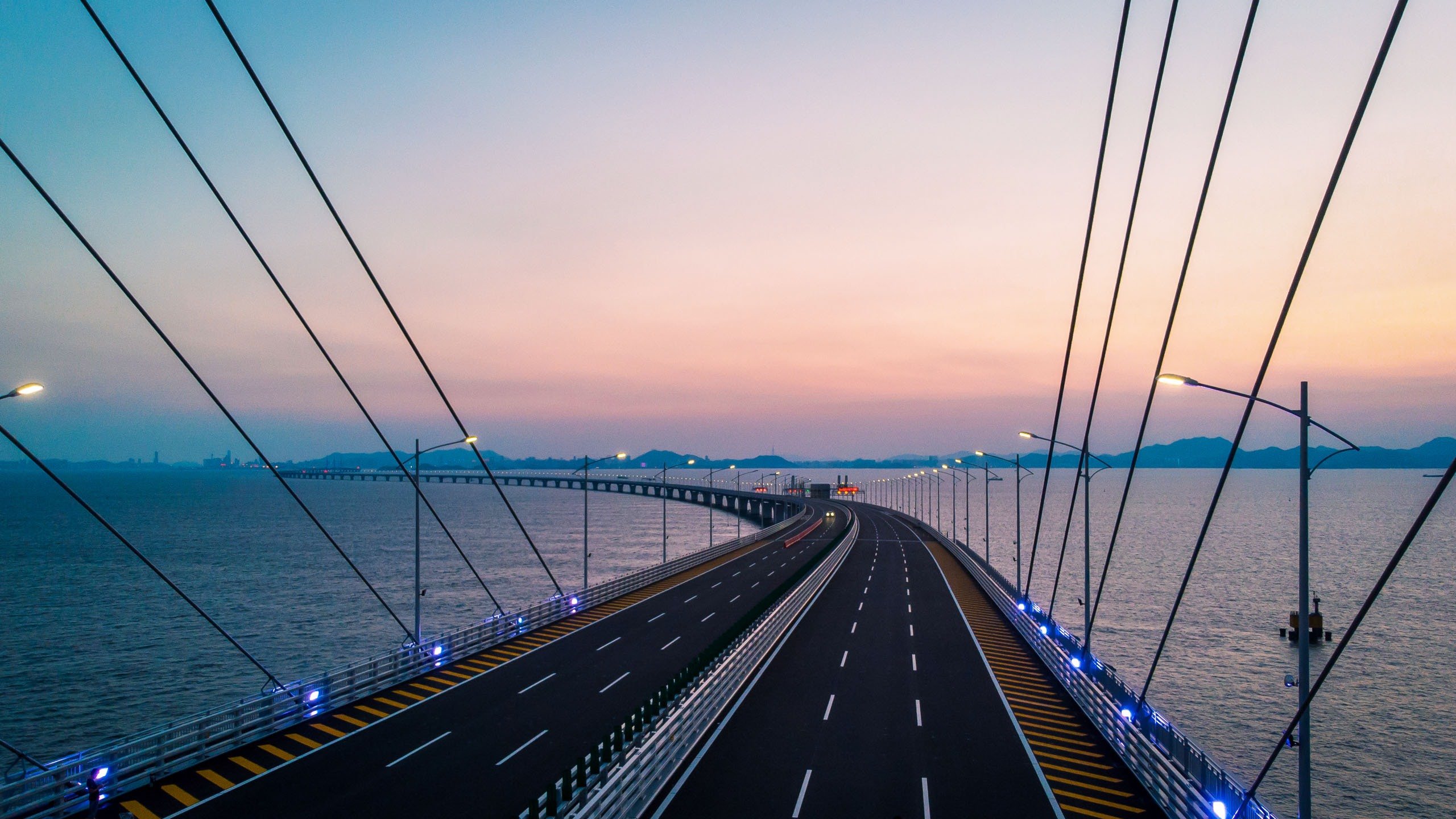
“A normal lake is knowable. A Great Lake can hold all of the mysteries of an ocean, and then some.”[i]
Quite true for the vast and expansive Great Lakes region of North America. The region consists of five lakes, Ontario, Erie, Huron, Michigan and Superior. The Great Lakes comprises one of the largest concentrations of fresh water on Earth. The Great Lakes also boast a significant volume of shipping from both ocean-going and lake-locked vessels. Great Lakes vessels trading is typically performed by dry bulk vessels that carry a variety of cargoes including ores, limestone, salt, cement, sand, grain, coal and gypsum. This article provides some insight into commercial shipping on the Great Lakes and some of what one might expect when transiting the area.[ii]
There are two main types of vessels engaged in trade on the Great Lakes: Salties and Lakers. Seagoing vessels are commonly referred to as “Salties” and include ocean-going vessels that access the Lakes via the St. Lawrence Seaway. Salties must fall within the maximum dimensions for transiting the locks between the Seaway and Great Lakes. The maximum parameters for a vessel wishing to transit the St. Lawrence Seaway are 222.5 m in length, 23.2 m beam and 8.1 m draft. In fact, an entire class of vessel, Seawaymax, exists based on these dimensions. Whereas Lakers are self-unloading vessels intended for almost exclusively Great Lakes trade and generally never leave the Great Lakes. Lakers are longer and narrower than their sea-going counterparts. However, some companies are now designing their Lakers to be capable of off-lake (blue water) use to increase their marketability.
Most of the Great Lakes are naturally navigable, except for the lock systems that separate the Lakes from the Seaway, and locks at separate several of the Lakes themselves. As Salties head west from Montreal, they encounter a series of locks prior to entering the first if the Lakes – Lake Ontario. From Lake Ontario the vessels transit the Welland Canal, which allows vessels to bypass Niagara Falls between Lake Ontario and Lake Erie. This lock system includes eight successive locks that raise or lower vessels 325.5 feet.
Once in Lake Erie, a vessel can pass to Lake Huron and Lake Michigan without encountering any locks. However, Soo Locks, separate Lake Huron from Lake Superior, and produce a 21-foot elevation change of water level. Soo Locks have two parallel locks operating at a time, MacArthur Lock (for smaller vessels) and Poe Lock (for most traffic, including large vessels).
Transiting the Lakes includes special hazards, including ice during the winter months. Vessels on the Great Lakes must be wary of complete icing over in various locations throughout the Lakes, and consolidated pack ice, which is a loose and slushy ice that can freeze together quickly if temperatures drop. Such a freeze could prevent vessels from departing a pier. Any contact with ice can damage a ship’s hull, rudder, propeller, or other structure. Moreover, owners should actively monitor ballast tank temperatures as it is possible for them to freeze should the hull’s surrounding water be sufficiently cold.
The first ice often starts slowly in November in shallow coves and along the coastline, only to break off to become drift ice. By mid-December ice can be thick enough to halt navigation through the St. Lawrence Seaway. However, inter- and intra-lake shipping continues well into January with the help of specialized icebreaking vessels. A few shipping channels remain open all season thanks to icebreakers run by both governments of the United States and Canada. Icebreakers regularly conduct operations to maintain a broken ice track for main shipping routes throughout the Lakes, including the St. Mary’s River and the Detroit-St. Clair River System (connecting Lake Erie to Lake Huron). United States Coast Guard icebreakers also maintain a presence at the Straits of Mackinac and their services may be requested through the USCG or via VHF Channel 16. The ice peaks in late February or early March and shipping is back in full swing by mid-April with some ice lasting into May.
The rivers connecting each of the Lakes are susceptible to ice in the Winter months. It can also strand a vessel in the ice or keep vessels from leaving the Great Lakes for months. Conversely, if the ice were thick enough, it could prevent the forward movement of cargo destined for the Great Lakes. Owners should keep apprised of ice movements and forecasts potentially moving cargo under a bill of lading. If such a scenario should arise, other arrangements should be made for the delivery of cargo under the bill of lading. One possibility is to off load cargo at an earlier port in transit to arrange for storage and forwarding once the Spring thaw occurs.[iii]
Ice navigation is only one facet that separates commercial shipping on the Great Lakes from seagoing operations. Other operations can prove dangerous for vessels and those that serve on them. For example, Lakers typically perform their own line operations and have self-unloading capabilities.
While pulling alongside a pier, the Laker will lower several crew members via a bosun’s chair onto the pier to complete mooring operations. The bosun’s chair could be lowered via a line wrapped around a cleat or using a small boom. While operating a bosun’s chair, safety of personnel is always a priority. Equipment failure and improper supervision are leading causes of bodily injury during such operations. At regularly scheduled intervals and prior to any use, all the equipment must be inspected (including the bosun’s chair, boom and any PPE) and found to be in good working order. Bodily injury is always an exposure when operating a bosun’s chair, with leading causes as equipment failure and/or improper supervision. In an effort to make the lock systems safer, locks now have vacuum pads that extend from the pier and hold the vessel in place, even moving up or down with the vessel as the water level changes.
Lakers are self-unloading vessels, utilizing one of two different systems being either a bucket or gravity fed system. The bucket or cargo scooper consists of an aft-moving scraper which scoops cargo from the hold, feeding it to a longitudinal conveyor. This conveyor transports the cargo to the bucket elevator, where the cargo is then conveyed up to the boom to be discharged to the pier. Whereas the gravity fed conveyor system consists of hydraulic gates at the bottom of each hold which drops cargo onto two longitudinal conveyor belts. The conveyor brings the cargo aft to a C-Loop elevator. The elevator applies a secondary band on top of the cargo compressing sufficiently to lift it up to the main deck onto a third conveyor or boom. Regardless which system a Laker uses, the third conveyor, the boom, will be covered to prevent dust or cargo from polluting the surrounding marine environment. Moreover, hold cleaning in the colder winter months could require the use of heating equipment to prevent freezing and ice accumulation.
Finally, weather conditions and wave actions are significant concerns on the Lakes. Weather conditions can change quickly, seemingly without warning, and the shape of the Lakes themselves can produce unpredictable winds. Additionally, unlike an ocean, swells are steep and very close together, which could make a five-meter sea very hazardous for large vessels. Further, the Lakes are susceptible to seiches, which are typically caused when strong winds and rapid changes in atmospheric pressure pile up water on one end of the lake. Seiches can affect drafts in already shallow areas and pose threats to vessels alongside a dock.
The Great Lakes will continue to have strong trade from Salties and Lakers. The Midwestern United States and Canada depend on the Lakes for raw materials and jobs. However, the climate and idiosyncrasies of the Great Lakes highlight the importance of safety and experience for vessel operations in the area.
Learn more about hands-free mooring technology in the GLSP video. (Please note that this link will redirect you to their video on Facebook).
[i] Egan, Dan, The Death and Life of the Great Lakes (W.W. Norton & Company; 1st Edition (March 7, 2017)
[ii] Should the reader desire to access further information may be found in the “Coast Pilot” published by the National Oceanic and Atmospheric Association (“NOAA”) and the “Seaway Handbook” published by the St. Lawrence Seaway Management Corporation. Both are available online. Management and oversight of the Great Lakes region is a binational effort administered by the governments of both United States and Canada.
[iii] This fact pattern is highly unique and any answer is highly fact-dependent raising issues well beyond the scope of this article.




